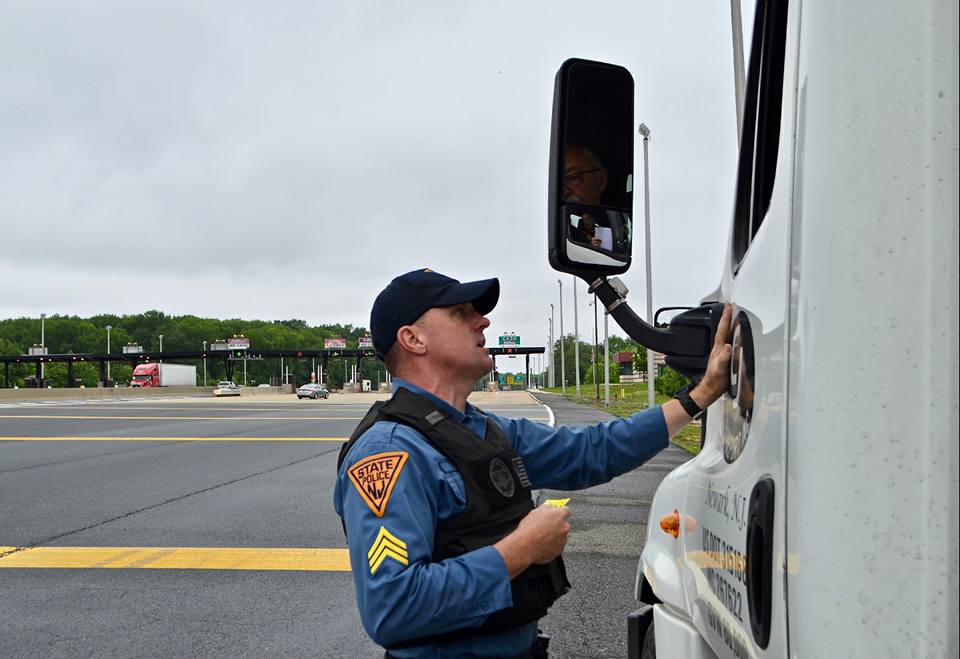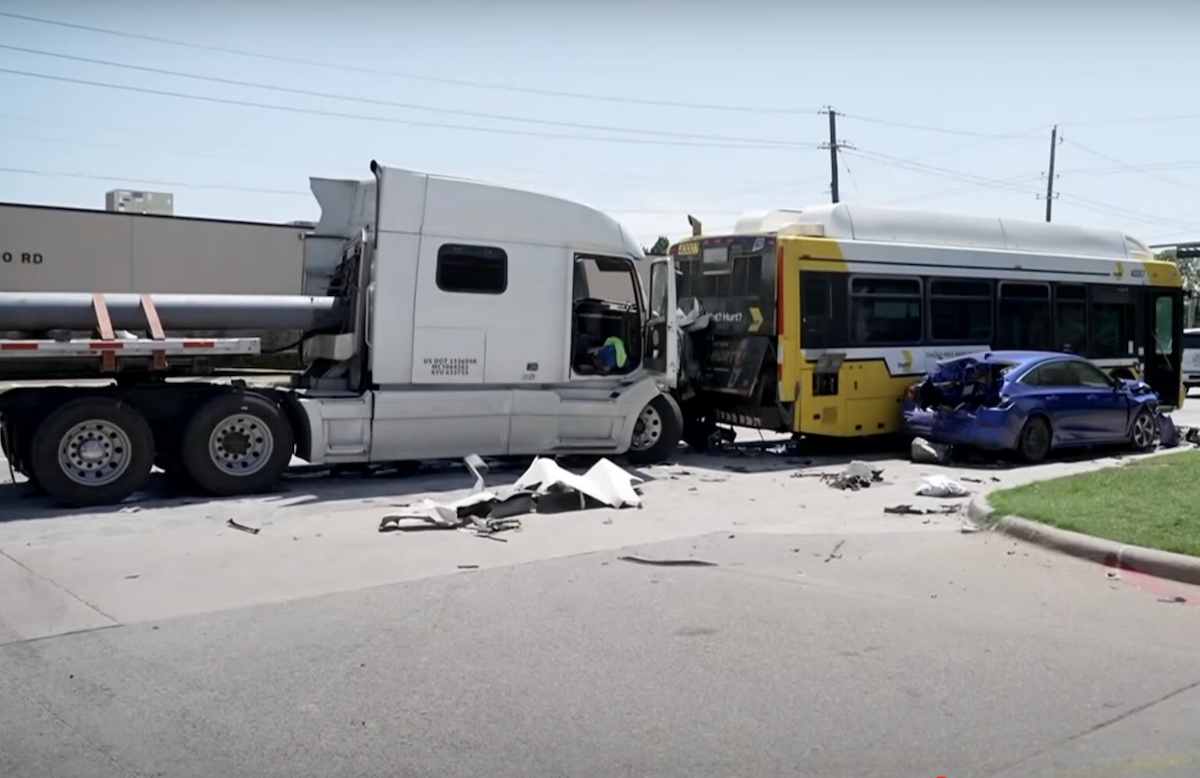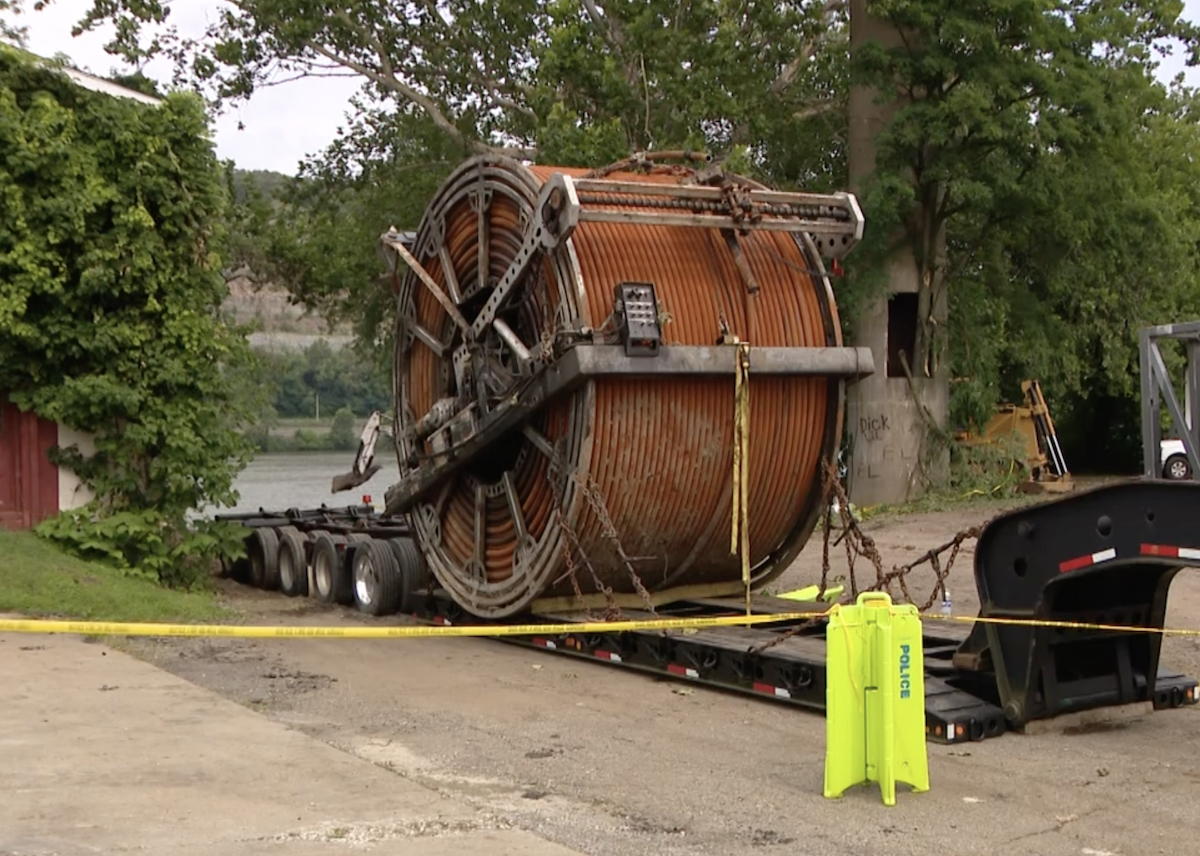The Federal Motor Carrier Safety Administration (FMCSA) has provided guidance on how motor carriers should ensure that their drivers are qualified as new English Language Proficiency (ELP) standards go into effect.
As of June 25, 2025, non-compliance with federal ELP regulations is an out-of-service offense for truck drivers. In order to stay on the road, commercial vehicle drivers must prove that they can read and speak the English language sufficiently to converse with the general public, to understand highway traffic signs and signals in the English language, to respond to official inquiries, and to make entries on reports and records. Drivers may now undergo a two-step language assessment as part of the roadside inspection process.
How Should Trucking Companies Assess A Driver’s Language Abilities?
Under the tightened ELP standards, motor carriers who employ truck drivers who do not possess sufficient English language skills are at risk of costly delays if a driver is sidelined due to language issues.
The FMCSA has issued guidance for motor carriers to help them determine whether a driver is qualified and able to comply with ELP requirements.
See below for guidance from FMCSA for motor carriers on assessing a commercial vehicle driver’s language skills:
“Motor carriers may conduct this assessment using various methods. The assessment should include processes to evaluate whether the driver is able to sufficiently communicate with law enforcement officers (e.g., during a roadside inspection) and to understand highway traffic signs that they may encounter while driving.
FMCSA recommends that a motor carrier manager conduct a driver interview in English and include inquiries that would show whether the driver could answer questions related to:
- The origin and destination of a recent or planned trip.
- The amount of time spent on duty, including driving time and the record of duty status (or logbook).
- The information contained in the driver’s license.
- Information contained in shipping papers (actual or sample shipping papers, including hazardous materials shipping papers, if applicable) for the load transported/to be transported.
- Vehicle equipment subject to inspection.
Because the driver interview is a means of establishing the driver’s ability to respond to official inquiries by speaking English sufficiently, the manager should inform the driver that the driver should respond to the inquiries in English. Tools to facilitate communication such as interpreters, I-Speak cards, cue cards, smart phone applications, and On-Call Telephone Interpretation Service should not be used during the driver interview, as those tools may mask a driver’s inability to communicate in English.
FMCSA also recommends that the manager explain to the driver that the ELP regulation requires the driver to sufficiently understand and explain the meaning of U.S. highway signs. The manager should select various signs from the Federal Highway Administration’s Manual on Uniform Traffic Control Devices (MUTCD) (https://mutcd.fhwa.dot.gov/) as well as examples of dynamic message signs the driver may encounter while operating a CMV and ask the driver to explain the meaning of the selected signs. The driver’s explanation may be in any language, provided the manager is able to understand the driver’s explanation.
After the successful completion of the ELP assessment, the manager may proceed with the rest of the interview in a language other than English, as appropriate.“
You can view the FMCSA’s ELP Enforcement policy memo at this link.






